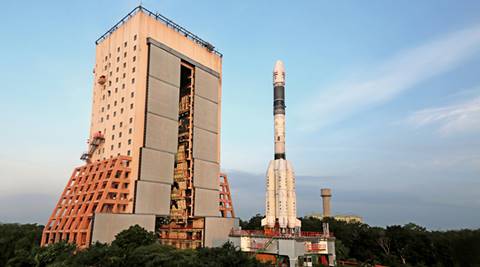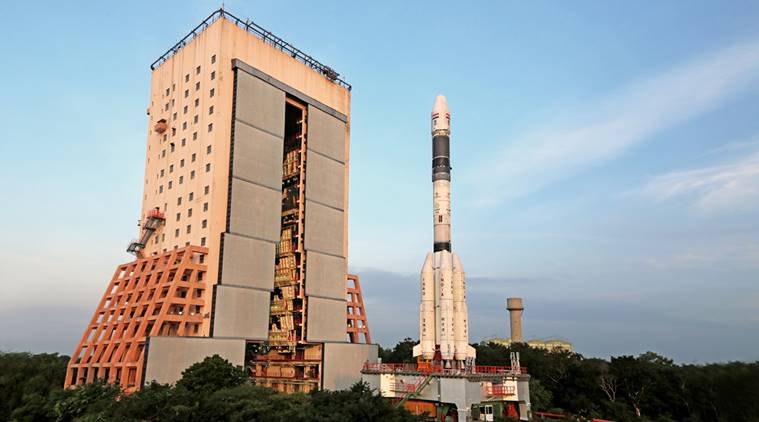Opinion INSAT-3DR: Eye on clouds and more, from high above them all
The 2211-kg new satellite can send night-time pictures of low clouds and fog, and provide a much higher spatial resolution in visible and thermal infrared bands.

 ISRO satellite launch: GSLV-F05 being moved from Vehicle Assembly Building to Launch Pad (ISRO photo)
ISRO satellite launch: GSLV-F05 being moved from Vehicle Assembly Building to Launch Pad (ISRO photo)
The INSAT-3DR satellite, put into the geo-synchronous orbit by ISRO on Thursday, is the second in a new generation of weather satellites that have enhanced India’s capabilities in monitoring and analysing weather-related data from space. Unlike the previous weather satellites that used to send only two-dimensional images, the new-generation satellites, starting with INSAT-3D that is in operation for the last three years, carry an atmospheric infrared sounder (AIRS) that prepares a vertical profile of temperature and moisture, thus creating a 3-D spatial distribution of these weather data. Such a picture helps in a much-improved analysis of weather phenomena and results in better forecasts, including those of severe weather events.
ALSO READ: ISRO launches advanced weather satellite INSAT-3DR in textbook style
The 2211-kg new satellite, INSAT-3DR, launched by the Geosynchronous Satellite Launch Vehicle (GSLV-F05), is an improved version of INSAT-3D. It can send night-time pictures of low clouds and fog, and provide a much higher spatial resolution in visible and thermal infrared bands. It can also give a more accurate estimation of sea-surface temperatures.
“INSAT-3D has a ten year life. It has completed about three years. So, it still has some way to go. But some reduction in efficiency is expected after it reaches its half-life. Since it is the mainstay of our space-based capabilities, it is important for us to have an additional satellite in place, not only to add to the information but also to ensure that there is no disruption in services if something happens to the original satellite. INSAT-3DR would be our fallback satellite. But till the time both of them are working at full efficiencies, these will enrich our data,” said K J Ramesh, director general of Indian Meteorological Department.
Ramesh said the INSAT-3D currently sends data every half an hour. The new satellite, INSAT-3DR, will also do the same. “By staggering the time-lines of the two satellites, we can now get data updates regarding temperature and moisture every 15 minutes. We, therefore, will have a richer set of data,” he said.
The INSAT-3DR, like its predecessor, will be valuable for monitoring the variables over the Indian Ocean, from where data can be collected only through space-based systems. The new satellite is expected to be operationalised in about a month.
The next satellite in this series, INSAT-3DS, is also being prepared and is expected to be launched in about two years’ time, well before the original INSAT-3D is ready to retire.
For ISRO, the latest launch was the first success of an operational GLSV flight with indigenous Cryogenic Upper Stage (CUS) engine. The INSAT-3DR is also the heaviest satellite that it has so far launched from the home soil.




